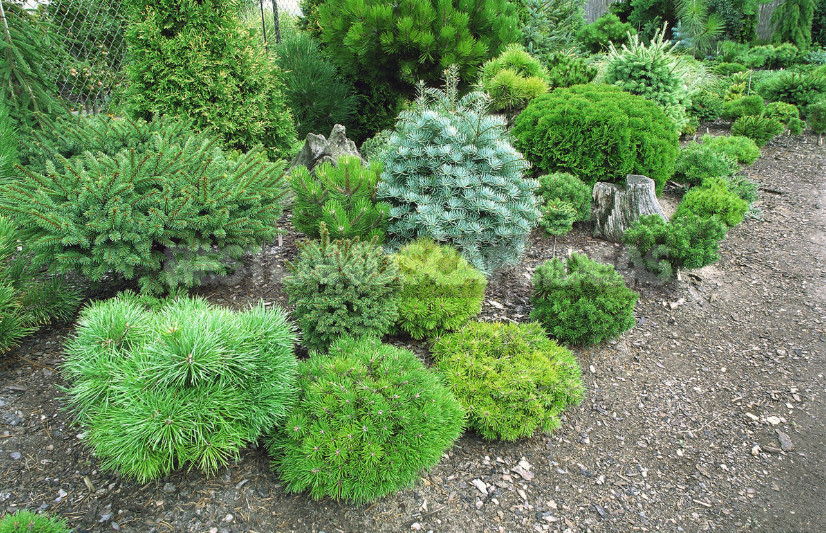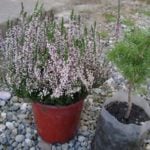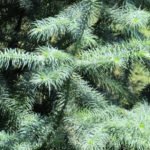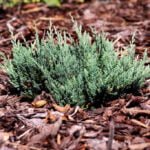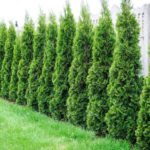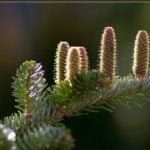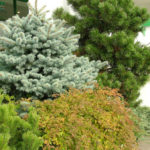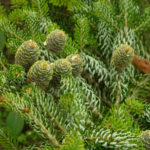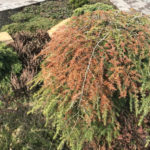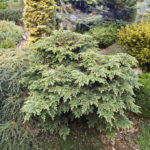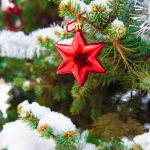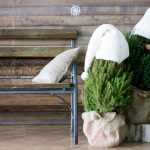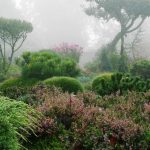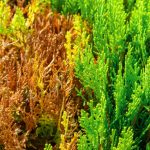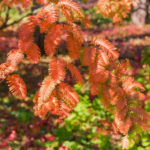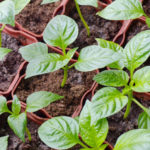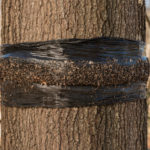To understand what plants in the winter can boast of greenery, it is enough to look around the neighborhood. Right, it’s trees and pines. Even if something is still green, it is safely covered with snow. How lucky those who grow on the plots of spruce and pine!
But to most owners modest six acres such giants simply inaccessible: challenge too many the shadows, “eat” nutrients, “drink” water. While the adults ate dangerous because, God forbid, will fall on a house or wires. Do the cottagers have to do without green?
No need. Moreover, greens can be not only emerald, but also blue, and yellow, it can take various forms – balls and pyramids, pillows and columns, horizontally and whimsically winding branches. Get this beauty can be two fundamentally different ways: the formation of the original species or planting cultivars.
How dwarfs appear
Selection of conifers in the West for sixty years. Of course, earlier found and introduced into the culture of unusual forms of plants, but it was from the middle of the last century they began to be purposefully selected, and for many they have become an object of passion and collecting.
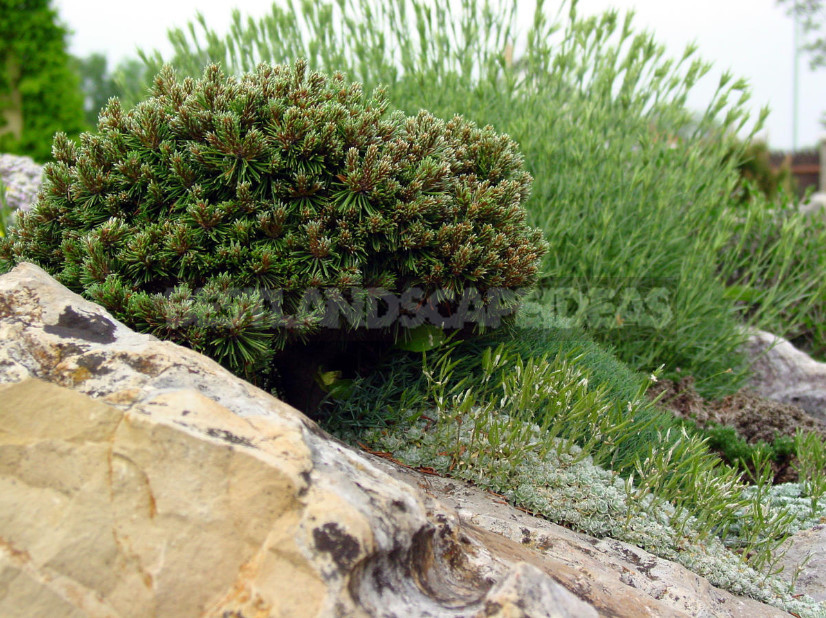
Where do dwarf conifers come from? Mostly from nature. Sometimes in some part of the tree there is a failure, as a result of which the branches begin to develop differently. The result is what is called a “witch’s broom”: a clot in the crown of a tree. If you take a twig from the “witch’s broom” and instill it on a normal seedling of the same or similar species, the Scion will develop into a new, never before seen plant, which, if it has outstanding decorative qualities, will be a new variety.
Compact and miniature is not enough to “broom” turned into a masterpiece. Of particular interest are anomalies with needles of highly changed color (blue or yellow), a pronounced habit (ball, narrow arrow, weeping shape), unusual graphics branches. Also very much appreciated “bumps”, ie abundance on the tree cones with low growth, and contrasting color buds and young growth.
Perhaps, it is difficult to name the breed, which would not be of its forms. But many have the most common mutations. For example, Picea pungens have traditional blue forms. Only if in the old days they were selected from the seedlings, and the miniature forms for private gardens no one cared, but now it is compact and medium-sized cultivars like ‘Glauca Globosa’ and ‘Hoopsi’ the most popular.
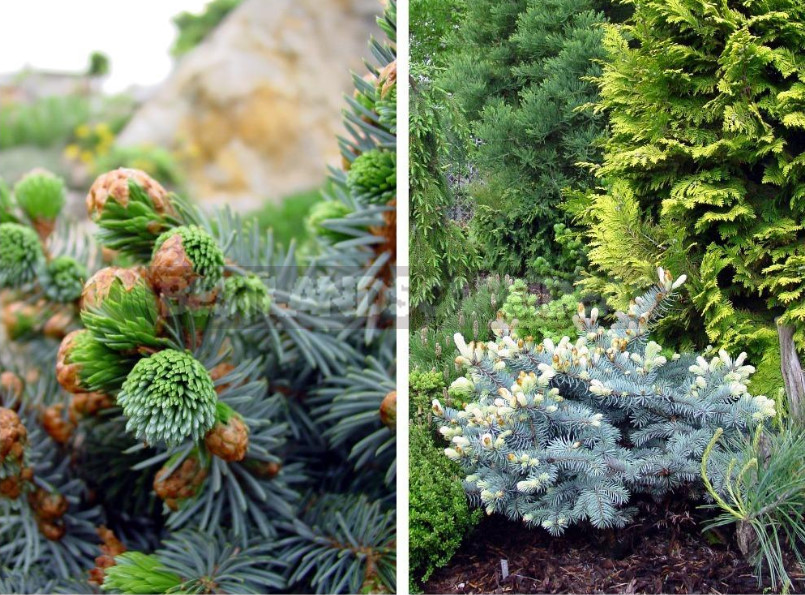
Mutations of yellow needles was found for most of the genera of conifers. There is even a “chameleon”. For example, several varieties of Pinus mugo in the summer are compact and green, and with the onset of autumn acquire a rich yellow color, which remains until the arrival of spring. The most common variety is called ‘Wintergold’.
Coniferous dwarfs have another important indicator. Their branches closely compacted, causing the dying needles may remain between them, causing illness. Many interesting variations have been rejected due to the fact that they need to be shaken regularly, free from brown needles, otherwise they die. In culture, there are only varieties capable of self-purification.
What types to choose?
Varieties, what types are suitable for gardens? First of all, those that grow beyond the outskirts – Pinus sylvestris and Picea abies. But they are not necessarily limited.
There are species that are grown for a long time and have established themselves as very stable. From firs it is already mentioned Picea pungens and Picea omorica. Great optimism cause recently a variation of Picea sitchensis.
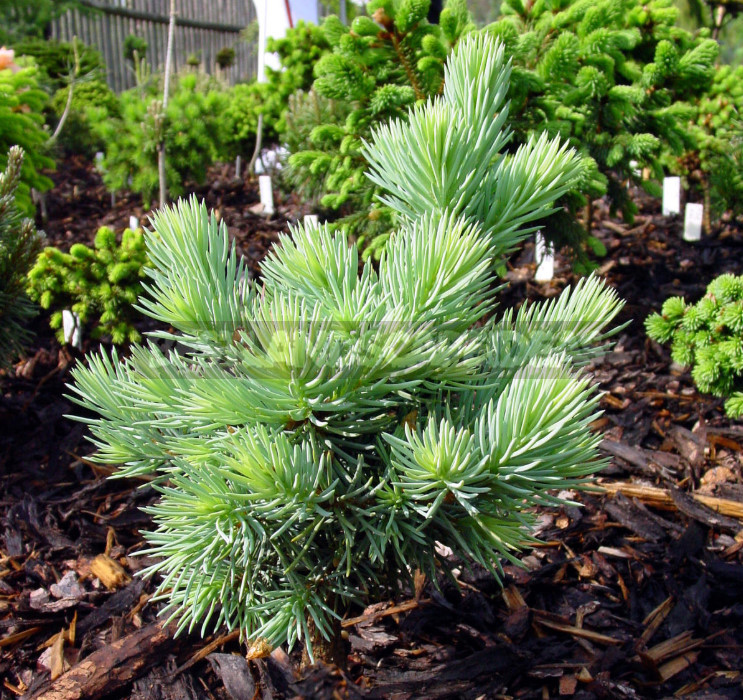
From sustainable pine: Pinus mugo, Pinus cembra, Pinus pumila, Pinus strobus. From larch, which are sold, you can safely buy all varieties. They are beautiful and hardy.
Problem-free and all varieties of Thuja occidentalis, of which a great many. And for quite shady corners indispensable cultivars Tsuga canadensis.
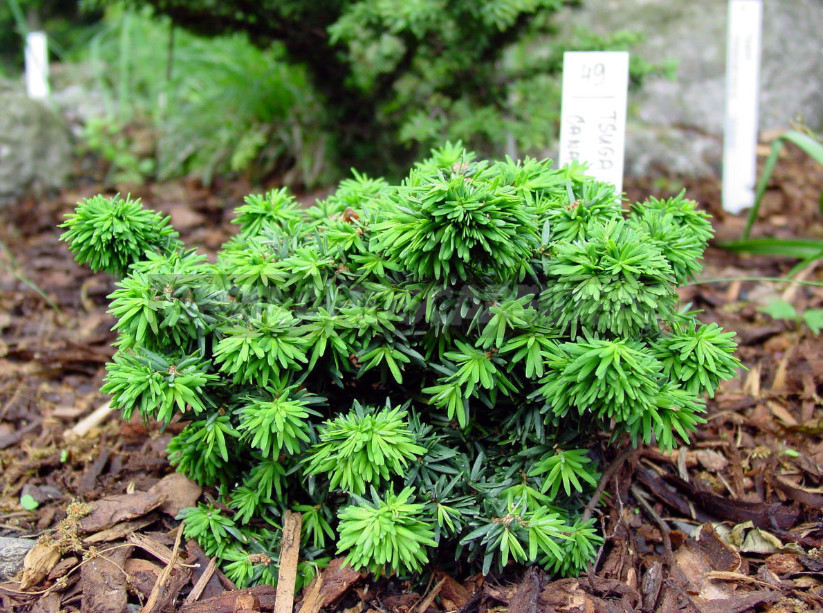
Junipers of the most easy to grow Juniperus x media and Juniperus sabina.
You can use miniature varieties Abies balsamea, A. koreana, A. сoncolor and A. lasiocarpa, because they will be hidden under the snow, which is not true of high.
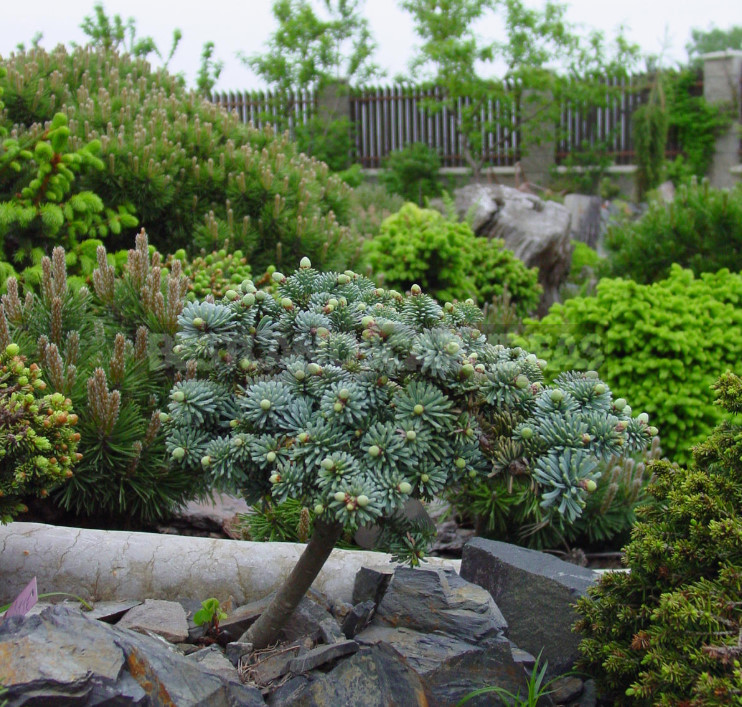
These are the species whose varieties can be planted and almost forget about care. If we add those that require a more careful selection of places or uncomplicated assistance like protection from the late winter sun, the choice expands indefinitely.
The main principle when planting – only a small shading, no excessive moisture and a guarantee of irrigation, if there is a drought.
How not to make a mistake when choosing
List of varieties – a thankless task. In their collections there are many thousands, and in retail sale a large number. Estimate the habit and growth rate can be and when buying (look at the latest growth – so much, on average, will increase the plant every year). But other defining qualities — such as winter hardiness and resistance to spring burning — are determined not by the variety, but by the Botanical species to which the variety belongs.
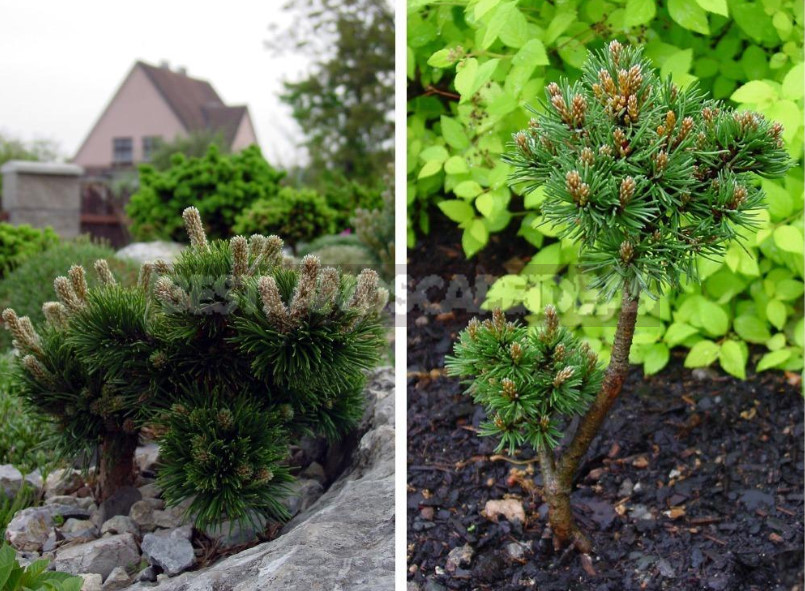
So my advice: when buying first look at the label and look for the kind that is usually written before the variety. If it is one of the above, the cultivar can be safely bought.
Now, a word of caution. After all, there are conifers that are doomed to failure in advance, but, nevertheless, are widely represented on the market. First, it is a variety of varieties Chamaecyparis lawsoniana, which steadily burn in the spring and harsh winters without snow freeze at all.
Secondly, it is Picea glauca ‘Konica’. This in Europe, where high humidity and mild climate, it well. And we have it that burns in the spring, it is affected by fungal diseases, although it steadily winters.
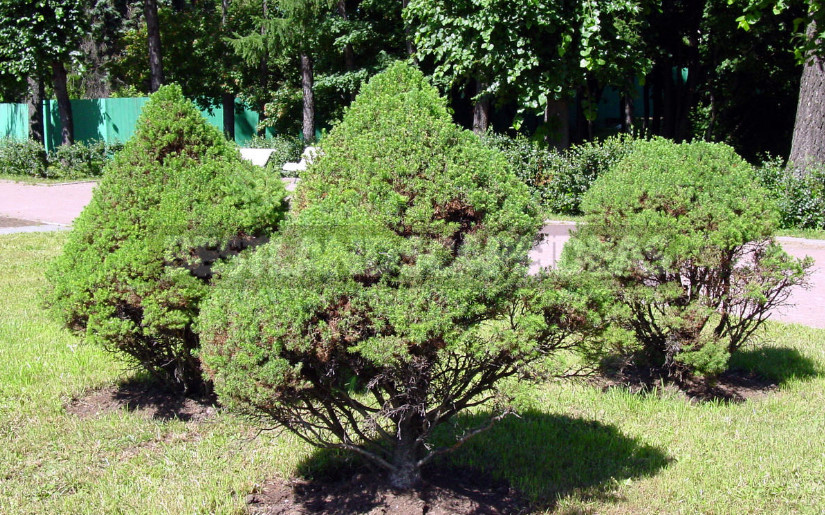
I haven’t seen any old plants of this sort that look presentable. Most often – as in the photo.
